My sister disappeared when we were children. Years later, I retraced her footsteps
- Text by Lindokuhle Sobekwa, Isaac Muk
- Photography by Lindokuhle Sobekwa

I was born and raised in Thokoza, a township southeast of Johannesburg. I was the last born out of four siblings, but growing up I didn’t really know my two older sisters, Lindiwe and Ziyanda. They were taken care of by my grandmother in the Eastern Cape, while me and my brother grew up in Johannesburg with my mother.
Ziyanda was born in 1989, and in the 1990s there was a lot of political violence in Thokoza between the African National Congress (ANC) and the Independence Party (IP), and at the same time, Nelson Mandela was released from prison. There was tension in my township, so my parents decided to send her to the Eastern Cape.
In 2000, Ziyanda came back to live in Johannesburg. She was very awkward and quiet. Sometimes she would be very open and joke a lot, but she would have days when she was off. When I had bullies in primary school, Ziyanda would go and fight for me there – she was a tough girl, a rural girl.
She would also go out and connect with people. I remember Ziyanda introducing me to a group of pantsula dancers. It’s a type of dance here in South Africa [that developed in townships during the 50s & 60s in response to the Apartheid government’s forced removals of non-white people]. I joined that group and learnt how to dance, and Ziyanda would also teach me. It gave me a skill, when I felt like I didn’t have any talent.
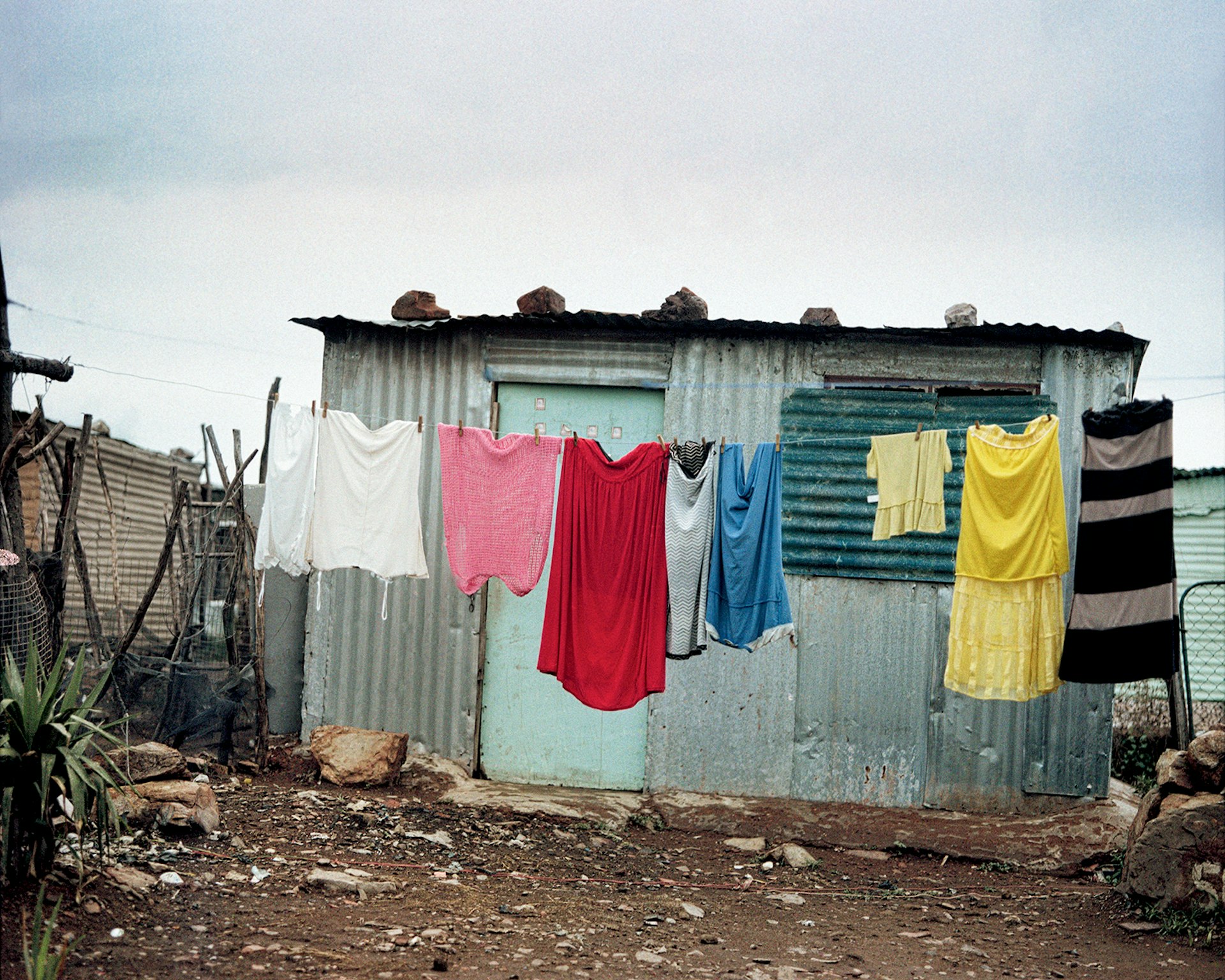
But Ziyanda would be strange at times. In 2002, there was a moment when we were sent to fetch money from my father in a local shebeen [unlicenced bar]. It was at night, probably around 7pm and she waited for me outside while I went inside the house and my father gave me 50 Rand. When I went back outside, Ziyanda demanded the money. I refused and ran away. There’s a street called Khumalo St in Thokoza, and while I was running across it I got hit by a car. That was the last day I saw Ziyanda.
I remember a blurry figure, I don’t know if it was Ziyanda or the lady who called the ambulance and helped me. I was admitted to hospital, and when I returned home, my mother was stressing out. They didn’t want to tell me [why], but I didn’t see Ziyanda for a while. In the end, it was my brother who told me that when I got hit by the car, she never returned home.
I remember how much that made me feel so stressed, and so guilty. When I got hit by the car, I had also lost that 50 Rand, so I created stories in my mind, things like: “What If I had given her the money, maybe she wouldn’t have run away.” Because that would have been better than losing the money when I got hit by the car. So, all these stories led to me blaming myself for the accident, and blaming myself for her running away. Of course, being a kid, I didn’t understand the big implications of her disappearance. Especially for my mother, who was always trying to remain strong, but it really affected her.
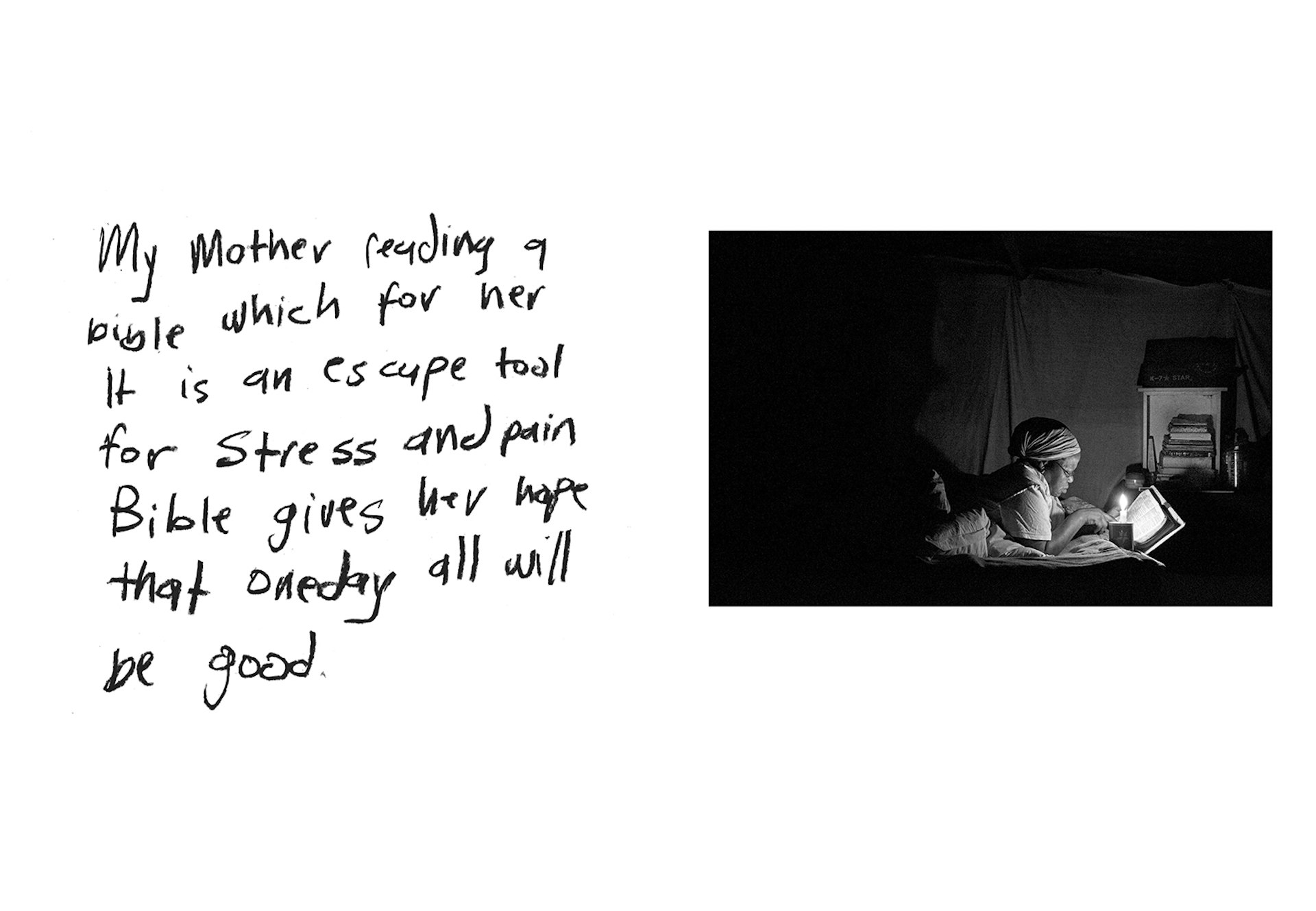
In my family and in the communities that I grew up in, it’s not common to speak about grief. You are told not to cry when someone has passed away. In 2012, I joined photography in high school, and it opened a huge path of storytelling for me – I was amazed at how photographers could really tell stories using pictures. As a child, I didn’t have that kind of vocabulary to express myself. Photography allowed me to deal with personal things.
Ziyanda returned home in 2013. She was very ill. I had become a photographer by then, and I remember trying to take a photograph of her. She gave me this strong look, like: “If you take the picture, I’m going to kill you.” I never took it. At the time, I had so much anger and so many questions. Why did she leave me that day? Why did you not go back home? My mother told me to let her rest, and to ask her once she recovered. Then she passed away and was buried shortly after in the Eastern Cape, where she grew up.
In 2017, we were doing some spring cleaning at home, and I discovered a photograph in my mother’s Bible. It was a group portrait that we took as a family, and it brought back so many memories. When Ziyanda was buried, they cut her face out of that portrait and blew it up large to use for her funeral, so when I found it, she was faceless.
On the back of the photograph, I found phone numbers, names, places. I asked my mother what was happening, and she told me that when Ziyanda disappeared, she went to different places looking for her. At the time, my mother was working as a domestic worker and she would be away from us for periods of five days, only being with us on the weekend. On those weekends, she would look for Ziyanda, tracing where she could have been until she reached a point where she gave up.
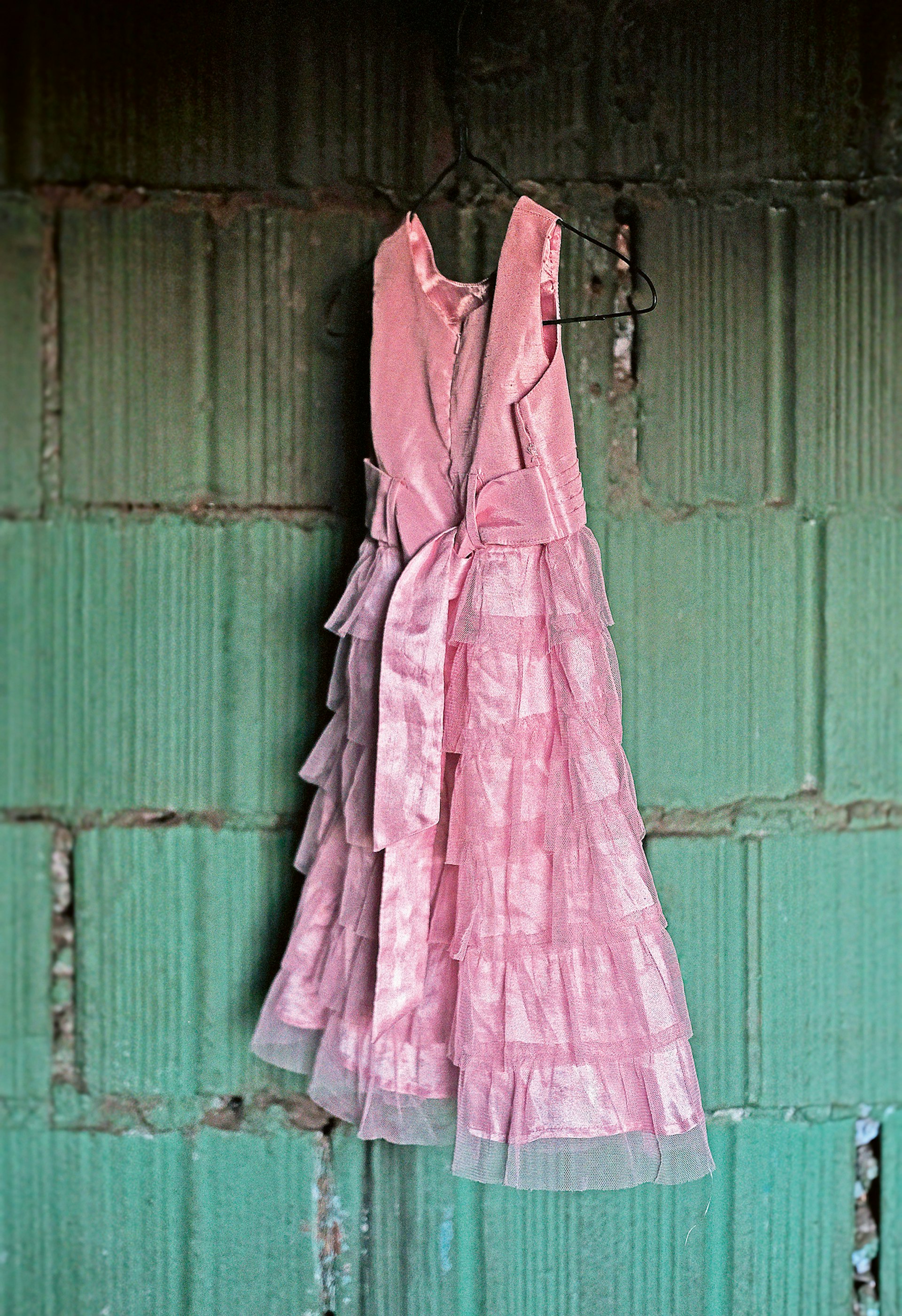
I was wondering what had happened to the picture of her face, and one day when we were moving home, I found it – my mother had misplaced it somewhere. At the time, I felt like I had a strong footing in photography, and it was an excuse to go to places that I would not normally go to. So, I put the photograph of Ziyanda and put it in my pocket, and started going to find people and the places that my sister knew. I started connecting the dots to these different places.
Sometimes, when I went to places where I had been told she’d been, and the places she’d slept in, it was really hard for me to photograph. I couldn’t connect some of these places to my sister. I didn’t know that my sister led such a hard life. I went to a hostel made for migrant workers where I was told she had slept in, and I was seeing other women who were around the same age as her, who were surviving in different ways – they told me that Ziyanda used to survive in the same ways as them.

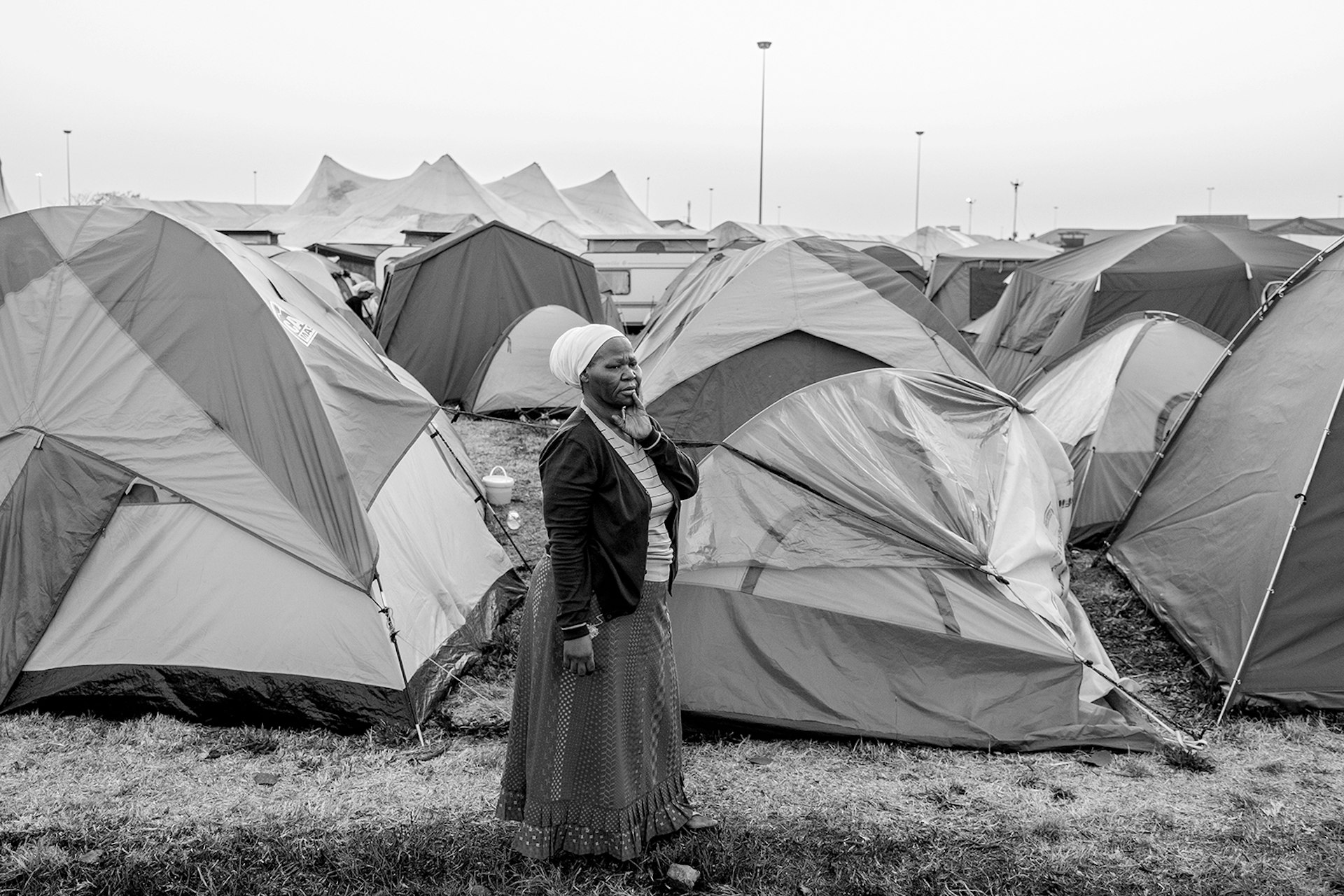
At the same time, I was photographing change that was happening at home, like the time I was coming back home from playing football, and I could smell smoke. I was wondering what was happening, and when I got close, I realised that my house was on fire. I was taking photographs, and I remember my uncle was really angry, because I was taking photographs while people were extinguishing the fire. I realised years later that taking photographs was my way of helping – it was a way of marking memory.
At some point, I couldn’t take it anymore. The further I went, the more I realised how tough her life was. She was a young girl at the time, and when she returned, she looked different – she had scars on her back. I remember my mother cleaning her up, and she did not look like the person I remember in 2002.
So the project and photobook, I carry Her photo with Me, was about retracing my sister’s footprint. But it was also about me. I wanted to use photography to find myself, to heal. Someone asked me: “Did you find yourself? Did you heal?” I think those things don’t just happen by using photography, you need to do other things.
I’ve grieved my sister. I loved my sister deeply, I will always grieve her, and I don’t think that is a bad thing. It’s a way of remembering her, and this project was a way of remembering. I see I Carry Her Photo With Me as a sort of autobiography as well, because it’s about her but it’s also about the things that were happening around me in my life. I realised that memory is an ongoing thing. Memory fluctuates, it’s fuzzy, it’s not linear. It can betray you. And just like life, memory goes on. When I did the project, I went to the place where the accident happened, and it looks different to how I remember it.
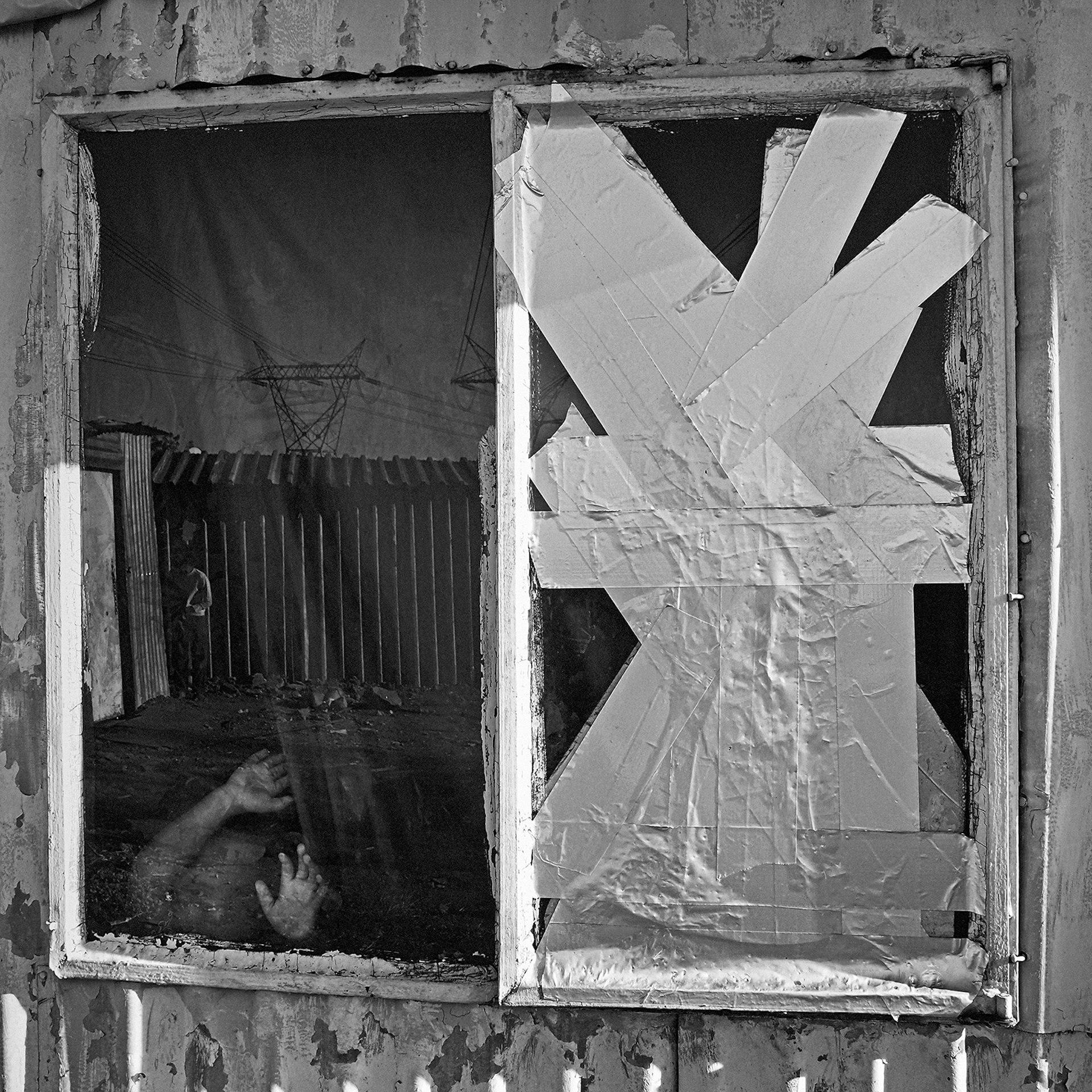

In South Africa, we have a history of people who have disappeared and were never found. My grandfather is one of them. He came to Johannesburg in the 1960s to work in a mine and then disappeared. If you go out, a lot of people will tell you stories of their siblings who disappeared, either during Apartheid or even now. During the Apartheid government, you’d hear about someone going to work and not coming back, then finding out that they had been arrested or something like that. Now, people are disappearing under different circumstances, but I think this project has opened up these conversations about disappearance in South Africa.
I had an opening recently at a gallery in Johannesburg and people were sharing their own stories of loved ones who disappeared, or stories of grief and loss, which we can all relate to. I managed to put that into photographs. I think what is important about this story, is it allows other people to be able to relate and reflect with their own grief.
As told to Isaac Muk.
I Carry Her Photo With Me by Lindokuhle Sobekwa is published by MACK Books
Buy your copy of Huck 81 here.
Enjoyed this article? Follow Huck on Instagram.
Support stories like this by becoming a member of Club Huck.
Latest on Huck

Exploring the impact of colonialism on Australia’s Indigenous communities
New exhibition, ‘Under a Southern Star: Identity and Environment in Australian Photography’ interrogates the use of photography as a tool of objectification and subjugation.
Written by: Miss Rosen

My sister disappeared when we were children. Years later, I retraced her footsteps
After a car crash that saw Magnum photographer Lindokuhle Sobekwa hospitalised, his sister ran away from their home in South Africa. His new photobook, I Carry Her Photo With Me, documents his journey in search of her.
Written by: Lindokuhle Sobekwa

Inside New York City’s hedonistic 2000s skateboarding scene
New photobook, ‘Epicly Later’d’ is a lucid survey of the early naughties New York skate scene and its party culture.
Written by: Isaac Muk

Did we create a generation of prudes?
Has the crushing of ‘teen’ entertainment and our failure to represent the full breadth of adolescent experience produced generation Zzz? Emma Garland investigates.
Written by: Emma Garland

How to shoot the world’s most gruelling race
Photographer R. Perry Flowers documented the 2023 edition of the Winter Death Race and talked through the experience in Huck 81.
Written by: Josh Jones

An epic portrait of 20th Century America
‘Al Satterwhite: A Retrospective’ brings together scenes from this storied chapter of American life, when long form reportage was the hallmark of legacy media.
Written by: Miss Rosen